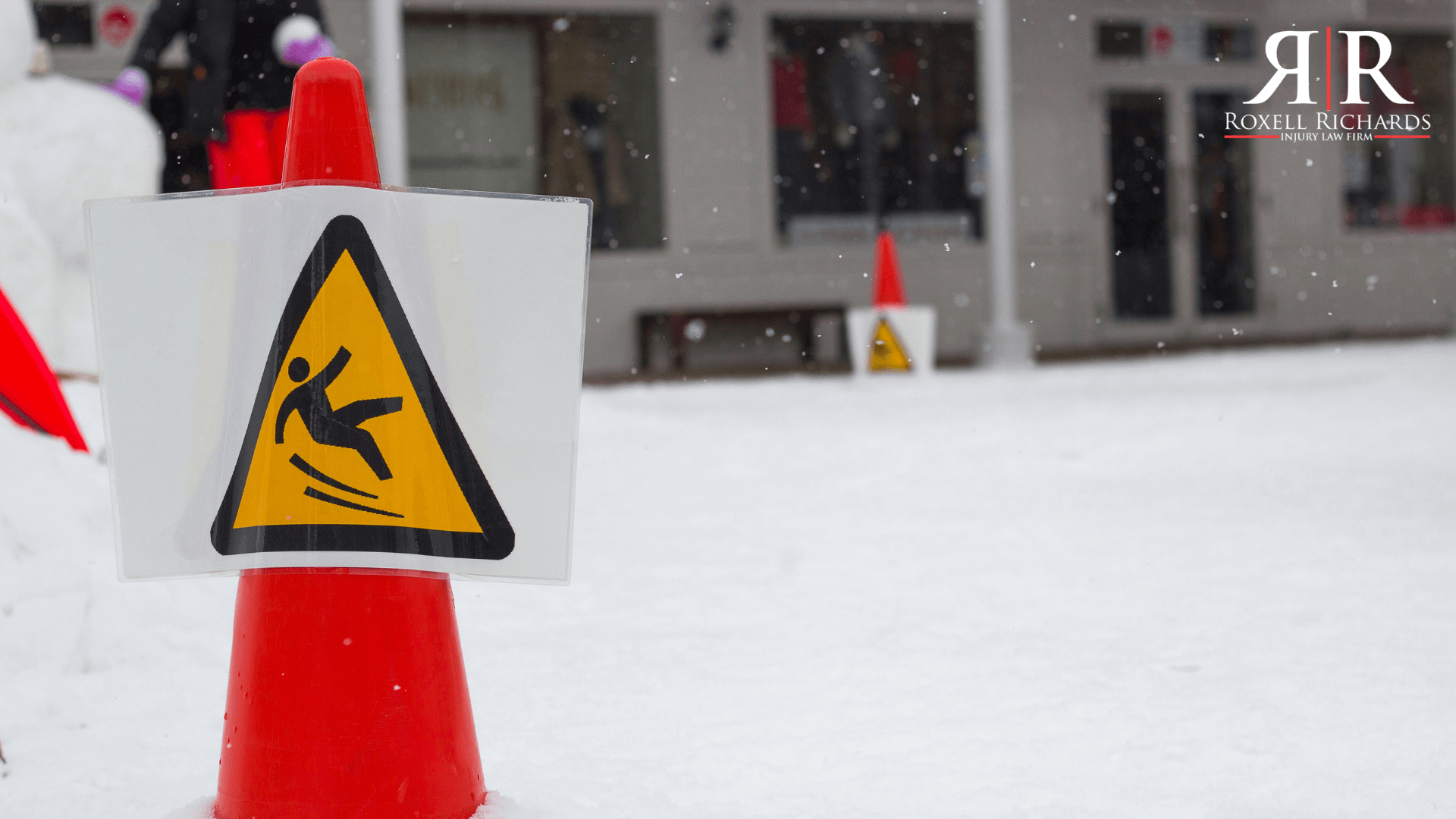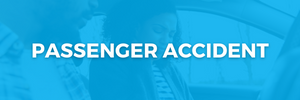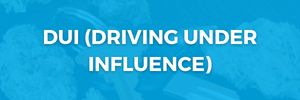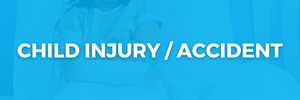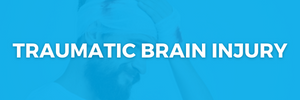Trip and Fall: What to Do After A Slip and Fall Accident?
Accidents happen unexpectedly, and one common mishap is a trip-and-fall incident. Anyone can be vulnerable to such accidents, whether it’s a slippery floor, a misplaced object, or an uneven surface. Knowing what to do after a trip and fall accident is important to ensure your safety and well-being.
This blog will guide you through the steps you should take following a trip and fall incident. Remember, being prepared and knowing what to do can make a significant difference in handling such situations.
After a Trip and Fall Accident, what to do?
Following a trip-and-fall incident, there are several crucial actions to take:
Assess yourself for injuries
First and foremost, check for any injuries. So, take a moment to determine your immediate pain, discomfort, or visible injuries. And if you are seriously injured, do not attempt to move and seek immediate medical attention.
Notify a supervisor or manager
Report the incident to your supervisor, manager, or any designated authority figure in your workplace as soon as possible. Give them a thorough narrative of what occurred and the occasion’s time, date, and place.
Seek medical care
Depending on the severity of your wounds, you might need to go to the doctor.
And even if you believe your injuries are minor, having a healthcare professional evaluate your condition is still advisable. Because they can identify hidden injuries and provide appropriate treatment or recommendations for further care.
Document the incident
If possible, document the incident by taking photos of where the slip, trip, or fall occurred. Because this visual evidence can be helpful for any investigations or claims that may arise later. Additionally, make a written record of the incident, including the circumstances, any hazards present, and any witnesses who saw what happened. Make sure to have a reliable lawyer.
Fill out an incident report
Many workplaces have incident report forms that must be completed after an accident. So fill out the necessary paperwork accurately and provide all relevant details about the incident. Because this documentation will help ensure that the incident is properly recorded and can be used for future reference.
Preserve any evidence
If there were any contributing factors to the slip, trip, or fall, such as a wet floor or a hazardous object, try to preserve the evidence. And take photographs or keep any evidence supporting your case, such as damaged footwear or clothing.
Follow up with your employer
Stay in communication with your employer regarding your recovery process. So provide any medical documentation or updates on your condition as necessary. So, it’s important to keep your employer informed and maintain open lines of communication throughout your recovery period.
Understand your rights
Familiarize yourself with the workers’ compensation policy or any relevant regulations that apply to your workplace. This will help you understand your rights and entitlements, such as medical benefits or compensation, in the event of a workplace accident.
Consult with a legal professional if needed
If the slip, trip, or fall resulted in significant injuries or you encounter difficulties receiving appropriate compensation or support, consider seeking legal advice. Then a personal injury lawyer experienced in workplace accidents can guide you through the legal process and help protect your rights.
And taking prompt and appropriate action after a trip and fall accident can help protect your well-being, secure necessary medical treatment, and preserve your legal rights.
Consequences of a Trip and Fall
Find a personal injury case lawyer to offer a free consultation with insurance companies. Because falls can have catastrophic repercussions, especially for elderly people or people with pre-existing medical conditions.
And some of the consequences of a fall include:
Sprains and strains
Twisting or overstretching ligaments, tendons, or muscles can lead to sprains and strains. For example, ankles, wrists, and knees are often affected. And symptoms include pain, swelling, limited range of motion, and difficulty bearing weight on the affected area of accident victims.
Contusions and abrasions
Falling can result in bruises (contusions) and scrapes (abrasions) on the body. While these injuries are typically minor, they can still cause pain, swelling, and discomfort.
Fractures and broken bones
Trip and fall accidents can lead to severe fractures, particularly in the hip, spine, or wrist. These injuries often require surgery in medical records and lengthy rehabilitation and can have long-term implications for mobility and independence.
Spinal cord injuries
In some cases, falls can lead to spinal cord injuries, potentially causing partial or complete paralysis and impacting the individual’s ability to perform daily activities.
Soft tissue injuries
Falls can cause damage to soft tissues such as muscles, tendons, and ligaments. This can result in sprains, strains, or even tears, leading to pain, swelling, and decreased functionality in the affected area.
Psychological injuries
It is important to note that trip and fall accidents can also have psychological effects. Individuals may develop a fear of falling again, leading to anxiety, decreased mobility, and reduced quality of life.
Chronic pain and disability
Serious falls can result in chronic pain and long-term disability. Individuals may experience ongoing pain, reduced mobility, and limitations in their ability to carry out normal daily tasks.
Head injuries
Slip and fall accidents can lead to head injuries, including concussions, skull fractures, or traumatic brain injuries (TBIs). Head injuries can vary in severity and may result in headaches, dizziness, confusion, memory problems, or loss of consciousness.
Cuts and lacerations
Individuals falling may come into contact with sharp objects or surfaces, resulting in cuts or lacerations. These injuries can range from minor cuts that require simple first aid to deeper wounds that may need stitches or medical intervention.
Dislocations
Falls can cause joint dislocations, particularly in areas such as the shoulder or hip. Dislocations occur when the bones in a joint are forced out of their normal positions, leading to pain, swelling, and limited mobility.
Applying Ice or Heat after a fall
The choice between icing or heating after a fall depends on the nature of the personal injury claims. As a general guideline:
Ice: Apply ice or a cold pack to the affected area within the first 48 hours of the fall. Ice helps reduce swelling, inflammation, and pain. Use a thin cloth or towel to protect the skin and apply ice for 15-20 minutes, with breaks in between.
Heat: After the initial 48 hours, if there is no swelling, heat therapy can relax muscles, increase blood flow, and promote healing. Apply a warm compress or take a warm bath, ensuring the temperature is comfortable and not too hot.
Always seek tailored guidance from a medical practitioner who can make recommendations based on your injury and unique circumstances.
Type of hazards of slip and fall
Slip and fall injury hazards can vary depending on the environment, but some common types of hazards that can contribute to slip and fall accidents include:
Wet or slippery surfaces
Floors, walkways, or outdoor areas that are wet, recently mopped, or covered in spills can increase the risk of slipping. This can include tile, concrete, or hardwood surfaces that become slippery when wet.
Uneven or broken surfaces
Cracked or uneven sidewalks, loose flooring or carpets, and damaged steps or stairs can cause individuals to trip and fall. Uneven surfaces can be particularly hazardous if they are not easily visible or lack proper signage or warning indicators.
Poor lighting
Insufficient or inadequate lighting can make it difficult to see potential hazards, leading to slips, trips, and falls. Dark or poorly lit areas can hide obstacles or changes in elevation, increasing the risk of accidents.
Obstructed walkways
Cluttered or obstructed walkways pose a significant hazard. Objects or debris left in walkways, such as cords, equipment, or merchandise, can cause individuals to trip and fall. These hazards are particularly common in busy work environments, retail stores, or construction sites.
Lack of handrails or guardrails
Falls can be exacerbated by the absence of handrails or guardrails or by incorrect placement on ramps, elevated places, or staircases. These safety elements offer stability and support, lowering the possibility of accidents and allowing users to balance and be guided.
Inadequate signage
Slip-and-fall incidents can become more common if there aren’t adequate warning signs for wet flooring, construction areas, or other possible hazards. Signage is crucial in alerting individuals to potential dangers and allowing them to take appropriate precautions.
Improperly maintained or worn footwear
Wearing shoes with inadequate traction or in poor condition can increase the risk of slipping and falling. Footwear plays a crucial role in providing stability and grip on various surfaces.
Weather conditions
Outdoor environments are subject to weather-related hazards. For example, rain, snow, ice, or leaves on walkways and entryways can create slippery surfaces, increasing the risk of slips and falls.
So, it’s important to be aware of these hazards and take appropriate precautions to prevent accidents and to be held liable. In fact, regular maintenance, prompt addressing of potential hazards, proper lighting, clear signage, and appropriate footwear are some measures that can help mitigate slip and fall risks.
Even though a slip-and-fall accident can be a distressing experience. But knowing what to do in the aftermath is crucial. And the initial steps are prioritizing your safety, seeking assistance, reporting the incident, and documenting the details.
So, if necessary, seeking medical attention, preserving evidence, and consulting with a professional on personal injury law can help protect your rights.
And by following these steps, you can navigate the process more confidently and focus on your recovery. So, remember, accidents happen, but taking appropriate action can make a difference in handling the aftermath of a trip and fall incident.

